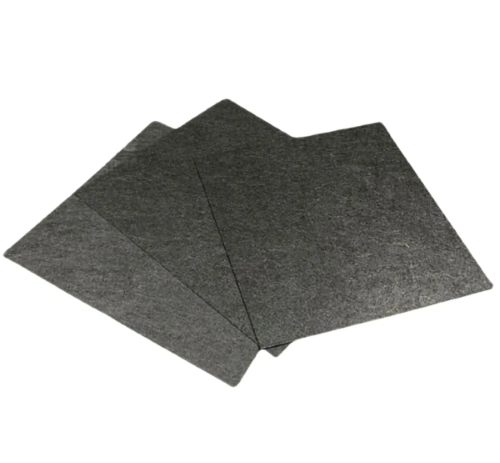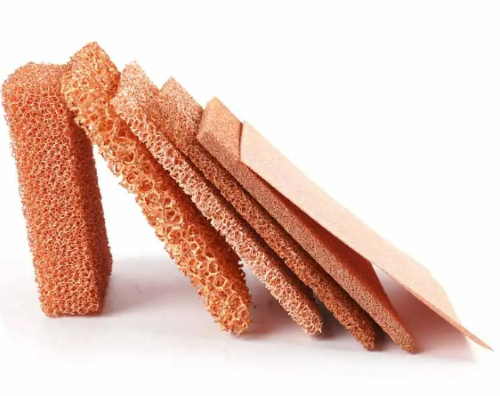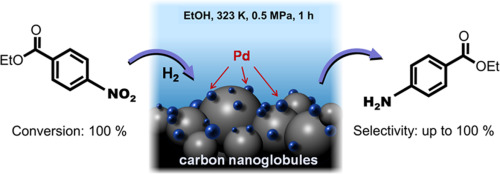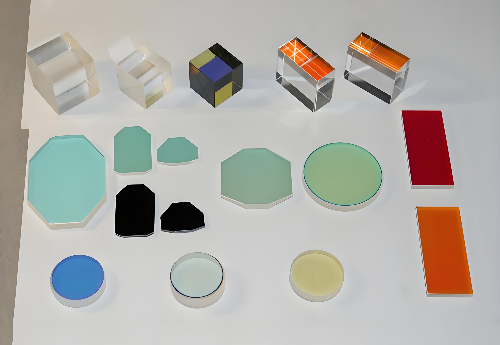Fiber Felt vs. Metal Foam--A Comparative Study of Porous Media
Introduction
Porous materials are notable for their unique structure filled with voids or pores. They have garnered significant interest across various industries due to their exceptional properties and functionalities. Among these materials, fiber felts and metal foams stand out for their distinct characteristics and applications.
This article starts a comparative study of these two porous media. Hope that you can learn about their differences, advantages, and practical applications.
1. Fiber Felt: Porous Solution for Advanced Filtration
Fiber felt is a non-woven fabric typically made from natural or synthetic fibers. These materials are entangled together through mechanical, thermal, or chemical processes. The porosity of fiber felt can be controlled by adjusting the density of fibers. Each of them allows for different applications.

--Specifications
- Dimensions: Fiber felts can vary widely in thickness, from very thin sheets (a few millimeters) to several centimeters, depending on their application. SAM provides quality thin fiber felts. The density and fiber diameter can also vary and affect the felt's overall properties.
- Structure: Composed of interlocked fibers, either through mechanical entanglement, thermal bonding, or chemical processes. The fibers can be arranged randomly or in a more organized manner, depending on the manufacturing process. This results in a mat-like material that is flexible and can be easily cut or shaped.
- Pore Size and Distribution: The pores in fiber felt are the spaces between the fibers. These can range from very fine to relatively coarse. These features affect the felt’s filtration capability, insulation properties, and breathability.
--Advantages:
- Thermal Insulation: Fiber felts are excellent thermal insulators due to the trapped air within their pores. They are ideal for use in construction, automotive, and aerospace industries.
- Sound Absorption: Their porous structure effectively absorbs sound. You can find them in acoustic insulation for buildings and vehicles.
- Filtration: Fiber felts serve as efficient filters. These devices are useful in air and liquid filtration systems. They trap particles while allowing fluids to pass through.
--Applications:
- Insulation: Used in buildings and vehicles for thermal and acoustic insulation, enhancing energy efficiency and noise reduction.
- Filtration: Acts as filtration media in air purifiers, water treatment, and industrial processes, removing particulates and impurities.
- Protective Gear: Employed in protective clothing and materials for its thermal resistance and flame retardancy, safeguarding individuals in high-risk environments.
1. Metal Foam: Lightweight Media for Thermal Management
Metal foam, on the other hand, is a lightweight porous material made by creating air pockets within a metal matrix. The result is a structure that combines the strength of metal with the lightness and insulation properties of air.

--Measurements
- Dimensions: Metal foams are available in a variety of shapes and sizes, with thicknesses ranging from a few millimeters to centimeters. The pore size (or cell size) and density of the foam are crucial parameters that define its properties.
- Structure: Consists of a network of metal struts or ligaments that form the edges of the pores, creating a cellular structure. This structure can be open-cell, where pores are interconnected, and allow fluids to flow through. Otherwise, it is a closed cell, where each pore is sealed and isolated.
- Pore Size and Distribution: Pore sizes in metal foams can range from less than a millimeter to several millimeters. The distribution can be uniform or varied. Open-cell foams typically have larger, more interconnected pores, while closed-cell foams have smaller, isolated pores.
--Benefits:
- High Strength-to-Weight Ratio: Metal foams are strong yet lightweight. So, they are suitable for structural applications where weight reduction is critical.
- Energy Absorption: They are capable of absorbing high amounts of energy upon impact. They are excellent for crash protection in automotive and aerospace applications.
- Thermal Conductivity and Insulation: Depending on the base metal, metal foams can offer unique thermal properties and act as heat exchangers or insulators.
--Uses:
- Lightweight Construction: In the automotive and aerospace sectors, these materials are used for structural components to achieve lightweight construction, enhancing both performance and fuel efficiency.
- Crash Protection: They serve as energy absorbers in crash protection systems and protective gear. These components effectively mitigate the forces of impact.
- Thermal Management: Additionally, they are employed in heat exchangers and cooling systems within electronics and renewable energy systems.
Comparative Analysis
The choice between fiber felt and metal foam depends on the specific requirements of the application. Fiber felts offer superior thermal and acoustic insulation and are more effective as filters due to their fibrous nature. They are also more flexible and can be easily tailored to fit various shapes and applications.
Metal foams, with their high strength-to-weight ratio and energy absorption capabilities, are more suited for structural and protective applications where mechanical performance is paramount. Their thermal properties can be tailored for specific needs. They can serve either as efficient heat conductors or insulators.
Feature | Fiber Felt | Metal Foam |
Material | Non-woven fabric from natural/synthetic fibers | Porous, with air pockets in a metal matrix |
Process | Entangled fibers through mechanical, thermal, or chemical methods | Air pockets created within metal, forming a cellular structure |
Dimensions & Structure | Thickness varies; flexible, mat-like | Various shapes/sizes; cellular metal struts |
Pore Size | Fine to coarse | <1mm to several mm, uniform or varied |
Advantages | Excellent insulation, sound absorption, filtration | High strength-to-weight, energy absorption, thermal properties |
Applications | Insulation, filtration media, protective gear | Lightweight construction, crash protection, thermal management |
Flexibility | Highly flexible, easily shaped | Structurally strong, less flexible |
Primary Use | Thermal/acoustic insulation, filtering | Structural strength, protection, thermal management |
Conclusion
Both fiber felt and metal foam play indispensable roles in modern engineering and design. They offer solutions to challenges in thermal management, structural design, energy absorption, and filtration. As technology advances, the development of new composites and hybrid materials may further enhance the properties of porous media.
Stanford Advanced Materials (SAM) boasts extensive expertise in crafting and distributing top-tier Metal Foams. Offering a comprehensive range of standard dimensions and varying thicknesses, SAM ensures that its Metal Foams meet the diverse needs of its clientele. Send us an inquiry if you are interested.



